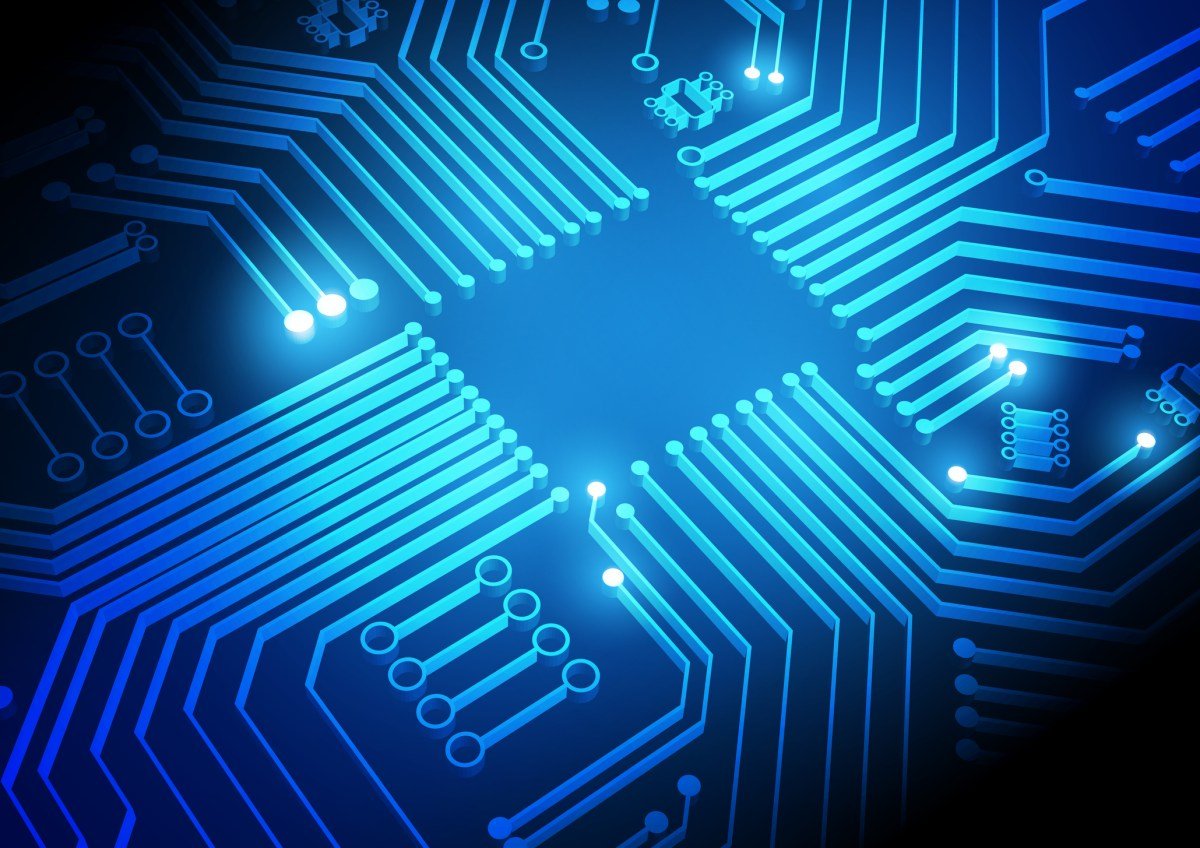This is the story of a new web3 network under construction that aims to liberate users from the grip of Big Tech and its control over personal data.
Many individuals involved in the development of Web3 believe that the traditional web ecosystem has exploited users and their data. While it may benefit certain businesses, data miners, and AI models, it has also been seen as a form of overreach.
Some of the problems with the web as it exists today, dubbed by some as web2.0, is its centralization,” explains Tegan Kline, CEO and co-founder of Edge and Node, in an episode of TechCrunch’s podcast Chain Reaction.
She goes on to clarify that only a handful of large companies have ownership and control over everything we see online. They hold our data, our digital presence, and have the power to de-platform us at will. This trend goes against the original vision of the internet, from its early days.
Kline and others are striving to change this through web3 and the integration of AI.
“Our goal is to realize a decentralized internet that puts power back into the hands of its users,” she says.
Edge and Node is a company dedicated to creating and supporting decentralized applications (dApps) and protocols. It is the original team behind The Graph, a decentralized network that indexes, queries, and organizes data. Often referred to as the “Google of web3,” its mission is to organize open blockchain data and make it a public good.
The Graph utilizes “subgraphs,” which are essentially open APIs serving queries. Whenever a user interacts with an application built on The Graph, the background indexers organize and provide the necessary data.
But web3 is still in its early stages, with developers working tirelessly to build a censorship-resistant decentralized internet. The innovations are happening as we speak, and I firmly believe that this is where the internet is heading – the next evolution of the web. It is a growing industry, not a shrinking one,” says Kline with conviction.
In November, The Graph launched its “New Era” roadmap, detailing plans for utilizing the $50 million raised last year. These plans include expanding its data services to reach a wider market, providing support for developers, improving network performance, and creating data tools. Notably, the roadmap also includes initiatives to enable large language models (LLMs), which are currently one of the most popular methods for building AI chat programs, thanks to OpenAI.
“When it comes to AI, one thing is crucial – data,” Kline stresses. “There is a saying that whoever controls data controls the world. Therefore, it is essential that data is not owned and controlled by a single company, especially in the AI space.”
The Graph is working towards enabling users to extract data from its network and other blockchains to train AI models. “Since the launch of The Graph, the use cases and data requirements have grown exponentially,” Kline shares. “There are now countless different data needs, and The Graph network will be there to meet them in a decentralized manner – for entrepreneurs, builders in the ecosystem, and the users of their applications and projects.”
Kline believes that AI must be trained in a completely open-source manner. However, even with open-source AI today, the data used for training is not open-source.
Currently, the majority of AI remains disconnected from the blockchain movement. “If you attend a traditional AI conference, you will find that they are not interested in the blockchain at all,” Kline reveals. “On the other hand, the blockchain space is far more intrigued by AI than vice versa.”
However, Kline believes that there needs to be more acceptance of the potential partnership between AI and blockchain. As time goes on, she predicts that the relationship will evolve and shift.
“The real excitement for AI will come from utilizing new business models and incentive structures that have emerged through tokens, token economies, and decentralized infrastructure,” Kline explains. “That’s where things will get truly fascinating.”
This story was inspired by an episode of TechCrunch’s podcast Chain Reaction. Subscribe to Chain Reaction on Apple Podcasts, Spotify, or your favorite podcast platform to hear more stories and insights from entrepreneurs behind today’s most innovative companies.
Let’s stay connected:








